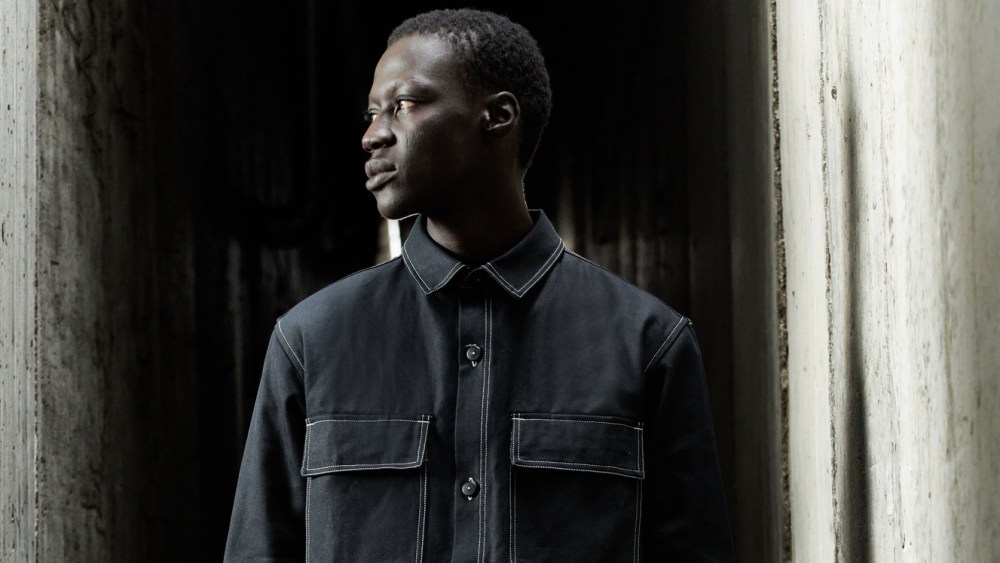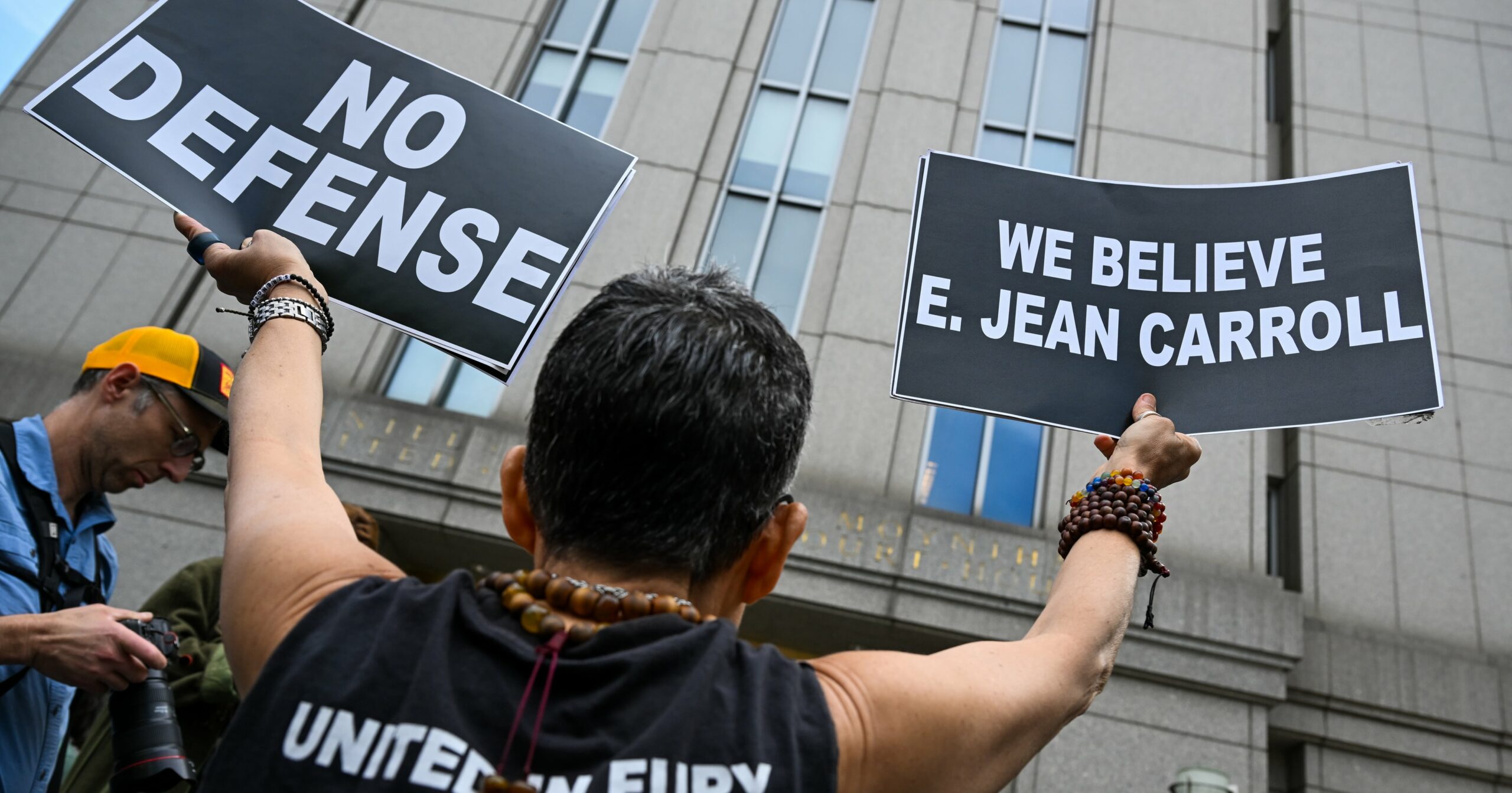MILAN — Workwear’s longevity in fashion is rooted in the consistency of its aesthetic and its ties to youth subculture — menswear wardrobe builders that transcend seasonal trends.
Does this mean that the category will forever remain unchanged? A new project envisioned by Alberto Candiani, president of the Candiani denim brand, has the ambitious plan to rewrite the future of workwear.
TRC — the result of a business partnership between Candiani and Grassi, a workwear-maker established in 1925 — debuts this week at Pitti Uomo and it promises to rewrite the category with a sustainable and innovative ethos.
TRC reworks signature tropes — think loose-fit pants, utilitarian vests, anoraks and trucker jackets, as well as overshirts and bowling shirts — by employing research and development in materials and processes.
You May Also Like

“The project stems from my genuine and organic passion for workwear, which is no secret. It actually excites me more than denim, however ironic that may sound,” said Alberto Candini.
Before shifting to a denim-first focus, the family company had produced actual workwear fabrics until the ‘70s, a legacy that inspired the brand and its name drawn from Candiani’s original business moniker, Tessitura di Robecchetto Candiani.
“I’m 42 and I insist on wearing Carhartt and the kids have been doing the same recently, so I thought why not make [a brand] in my own image, to dress leaner, more mature, less young,” Candiani said. “It’s really a personal inspiration here,” he added.
To be sure, workwear’s longevity in the fashion landscape speaks to its versatility hinged on a combination of functionality and cool that continues to resonate across ages and geographies. It harks back to the fascination for early 20th-century garb and vintage Americana, carried on by heritage brands that managed over time to translate working class clothing codes into an insignia of coolness.
“I’d say TRC is mature workwear, but there is nothing dated to it. When you buy original, vintage workwear it looks outdated,” Candiani said.

Candiani, a true material expert which has been the defining blueprint of the company’s success in the denim world, sought to pour next-gen R&D into the workwear venture, hinged on sustainable innovation and the use of natural fibers or “smart” synthetics.
At Pitti Uomo, which runs through Friday, TRC debuts its Mineral capsule collection, whose name reflects the ingredients embedded in each garment.
Take for example the OMG-free blend of short and long fiber cotton developed with the Gowan Seed Company and called Blue Seed, which is grown using basalt geared at carbon sequestration and soil regeneration, or the use of sulfur-rich Earth Colors dyes by Archroma, derived from food waste and leaves.
Other textiles include post-consumer recycled cotton and Batavia denim, while finishes comprise Graphito, an in-house blend of the registered G+ Graphene Plus compound, which provides antimicrobial and thermoregulation qualities, and Kitotex, a color booster that ensures the worn-in, dusty look inherent to workwear garments.

“We like to call TRC ‘futurewear’ because it draws its details, functionality and practicality from workwear, [achieving] not only an urban vision [of fashion] but also futuristic, [trying to distill] how we will dress,” Candiani said.
On the brand’s digital RC’s digital properties, it includes the number 2038, which nods to the brand’s futuristic ethos and also references Candiani’s founding date, 1938.
In Roberto Grassi, president of the Grassi company which is located just six miles away from the denim player’s headquarters in Italy’s Lombardy region, Candiani found its garment-making, industrial partner.
TRC’s offering, including the Mineral capsule collection, offers a trans-seasonal range based on pants, the brand’s hero product, and outerwear. Candiani said the company plans to develop two collections a year timed with the regular men’s fashion market and add drops whenever a new innovation is ready to hit the market.
The workwear brand will be distributed through a wholesale network handled in-house starting in January of next year, and sold on the TRC e-commerce site and at the Candiani store on Milan’s Piazza Mentana starting next October. Candiani said he’s open to partnerships with local agents and distributors in far-flung markets, as well to linking with retailers for special collaborations.
The cofounder hopes Pitti Uomo will help the brand connect with global players. “It’s a traditional choice — to be attending Pitti Uomo — but the project stems from two solid and storied Italian companies,” he said. “This creature,” he offered referring to TRC, “has to be shown, touched, lived, and a trade show is best way to do so, especially Pitti Uomo, which is the reference point for menswear.”



